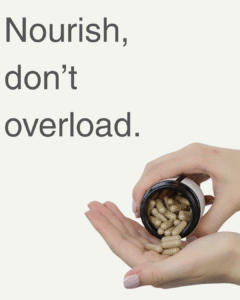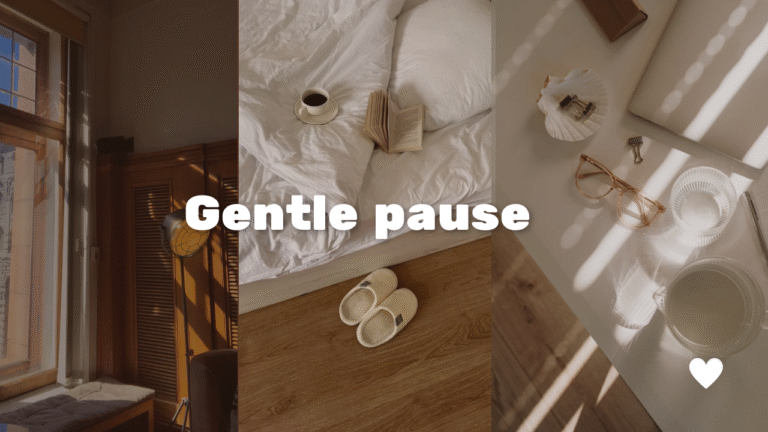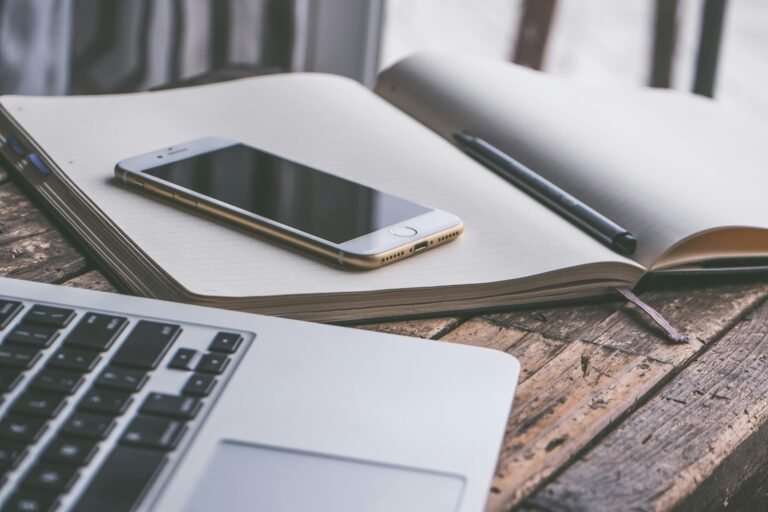When was the last time you sat without a screen, a task, or a purpose and simply existed?
No scrolling. No thinking about what’s next. No “being productive.”
For most people, life today is a loop of stimulation: information, content, conversations, decisions, noise. The modern mind has become so conditioned to constant doing that stillness now feels uncomfortable even wrong.
But here’s the truth: doing nothing is not a waste of time. It is one of the most powerful productivity tools available to the human brain. The world’s most creative thinkers, innovators, artists, and leaders have all practiced intentional stillness as part of their routine.
Doing nothing is not laziness.
It’s a reset, a deliberate pause that allows the mind to process, refresh, and return sharper.
Why Doing Nothing Works (The Science Behind Stillness)
The brain was not built for nonstop stimulation. Neuroscientists call the state of “doing nothing” the Default Mode Network (DMN) a mental mode where the brain integrates memories, processes emotions, and forms new ideas.
Research from Stanford University and the University of Southern California shows that periods of intentional stillness:
• Improve problem solving and creativity
• Reduce mental fatigue and emotional overwhelm
• Strengthen memory consolidation
• Enhance clarity and long-term decision making
In simple terms:
Doing nothing gives the brain space to think better. When you stop forcing the mind to work, it starts working for you.
Stillness is not the absence of productivity, it is the recharging of the mind that fuels meaningful productivity.
This is why some of your best ideas appear in the shower, on a walk, or right before sleep the brain finally gets to breathe.
The Hidden Value of Stillness in a Busy World
We live in a culture that praises speed, efficiency, multitasking, and “hustle”. Rest is often seen as a weakness or a luxury. Many people feel guilty when they aren’t doing something “useful.” But constant doing creates:
• Mental clutter
• Irritability and decision fatigue
• Shallow thinking
• Burnout disguised as productivity
Intentional stillness reverses this. It creates mental white space, the space where clarity returns.
Why Most People Struggle With Doing Nothing
Doing nothing feels uncomfortable because:
• The mind is addicted to stimulation
• Silence brings up emotions people avoid
• Rest has been labelled as unproductive
• We fear “falling behind” if we pause
But these reactions are learned and can be unlearned. Practicing stillness trains the brain to feel safe without stimulation.
1. Reduces Mental Overload and Restores Clarity
When the mind keeps consuming content, conversations, decisions, screens, it never gets a chance to digest. Just like the body needs rest to digest food, the brain needs rest to digest thoughts.
Spending even 5-10 minutes a day doing nothing:
• Clears mental fog
• Slows racing thoughts
• Improves emotional balance
In stillness, the mind processes what you ignored during the week.
Try this:
Sit somewhere comfortable. No phone. No task. No intention.
Just be. Let the mind wander. Don’t control it.
Check Out: “Digital Detox: How Technology Overload Is Quietly Draining Your Energy”

2. Sparks Creativity and Problem Solving
When the brain stops focusing on tasks, it shifts into a mode where new ideas form naturally. This is why people get breakthroughs while showering, walking, or daydreaming. Creativity doesn’t respond well to pressure, it needs space.
A study from the University of California found that mind wandering increases creative problem-solving by up to 40%. When you do nothing, your subconscious continues working in the background and connects ideas you couldn’t link while actively thinking.
In stillness:
• The mind explores possibilities freely
• Ideas rise without force
• Problems reveal simpler solutions
This is why some of the world’s most innovative minds from Einstein to Steve Jobs protected time for intentional “idleness”.
Stillness is not the opposite of productivity, it is the fuel of deep thinking.
Check Out: “The Quiet Weekend Ritual: How 48 Hours Can Restore Your Mental Bandwidth”
3. Resets Your Nervous System
Constant activity keeps the nervous system in a low-grade “on” mode. Even when sitting still, the mind keeps planning, consuming, scrolling, or worrying, so the body remains tense.
Intentional stillness activates the parasympathetic nervous system, also known as the “rest and restore” mode. This:
• Lowers cortisol (stress hormone)
• Calms the heart rate
• Relaxes the body
• Improves mood regulation
According to Harvard Health, even short periods of calm breathing and doing nothing can reset the body’s stress response.
Simple practice:
Sit or lie down for 3 minutes. Breathe slowly. No music. No goal.
Let the nervous system settle.
Check Out: “Nervous System Reset: 5 Daily Practices to Calm the Brain”
4. Improves Emotional Awareness and Inner Connection
When life moves too fast, emotions build up in the background, unprocessed and unexpressed. Doing nothing gives the mind room to feel what it has been avoiding.
This is not always comfortable at first, which is why most people avoid stillness. But emotional clarity only comes when the mind has space to listen.
In stillness, you begin to notice:
• What you truly feel
• What you need more or less of
• What’s draining you
• What’s actually important to you
Stillness reconnects you with yourself beyond roles, responsibilities, and noise.
Reflection:
Sit quietly and ask yourself:
“How am I really doing today?”
Listen without judgement.
5.Builds Stronger Focus and Deep Work Capacity
Ironically, doing nothing makes you better at doing focused work later.
When the brain gets no rest, attention becomes fragmented. But when you periodically unplug from stimuli, your attention span resets, making it easier to:
• Focus for longer without distraction
• Enter deep work faster
• Think with clarity instead of mental noise
A study published in Psychological Science found that short intentional breaks restore the brain’s ability to concentrate, preventing the mental “fatigue drop” that happens after long periods of focus.
Stillness sharpens the blade. Work becomes smoother, clearer, lighter.
This is the secret behind calm high performers: they protect their mind-space, not just their time.
Check Out: “The Slow Life Reset: 7 Tiny Daily Habits That Bring Peace Back Into Your Mind”

6. Helps You Rediscover Joy in Simple Moments
When the mind slows down, the small things begin to feel delightful again. A cup of tea, sunlight on the floor, the sound of birds, a peaceful shower, these moments become joyful instead of invisible.
Doing nothing reconnects you to the beauty of ordinary life. Because when the mind is no longer rushing, it finally notices.
This is also where gratitude grows naturally not forced, not written in a journal as a task, but felt.
7. Rebalances Your Identity Beyond Productivity
Modern life subtly teaches us that our worth is linked to output. Many people unconsciously believe they must earn rest. Doing nothing challenges that belief.
Stillness reminds you that:
• You exist beyond achievements
• You’re allowed to rest without needing a reason
• You don’t have to be “useful” to be valuable
True self-worth is built in who you are when you’re not performing.
When you learn to rest without guilt, you reclaim your inner world from society’s expectations.
Check Out: “Money and Mental Health: Why a Calm Budget Matters More Than a Big One”

How to Practice the Art of Doing Nothing (A Simple Method)
Start with 5 minutes a day:
1. Sit or lie in a comfortable place
2. No phone, music, or tasks
3. Let thoughts come and go without engaging
4. Don’t try to meditate, just be.
Increase slowly to 10-15 minutes. Once a week, try 30-60 minutes of intentional stillness (no agenda). Think of it as mental hygiene like brushing the mind.
Best Times to “Do Nothing”
• Right after waking up
• During sunset
• After work as a transition
• Before bed for emotional clearing
Pick the one that feels lightest to you.
External Supporting References
• Stanford Medicine – The Default Mode Network and creativity
• Harvard Health – The power of intentional rest for emotional balance
• University of California – Mind wandering and creative problem solving
If this opened a new perspective, try 5 minutes of stillness today, no structure, no rules. Let it be imperfect.
With time, doing nothing becomes a quiet form of strength.
When the mind rests, life begins to feel spacious again.










